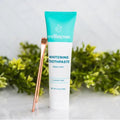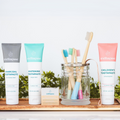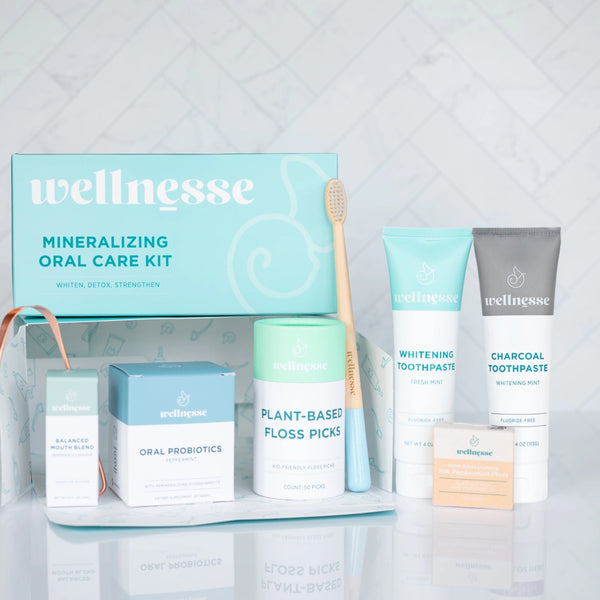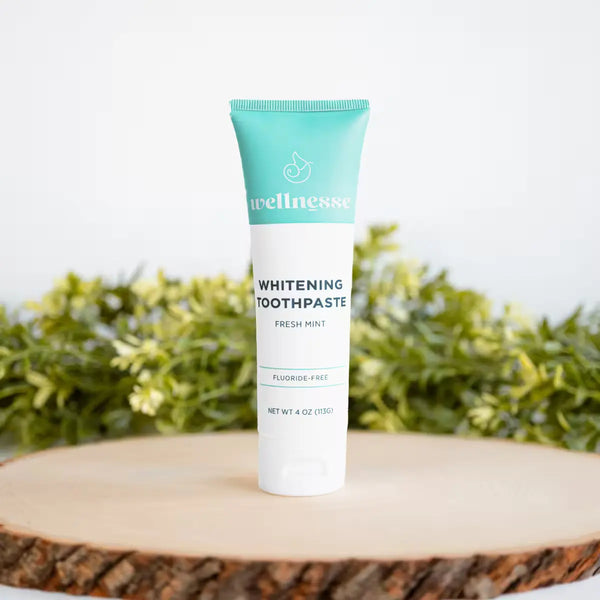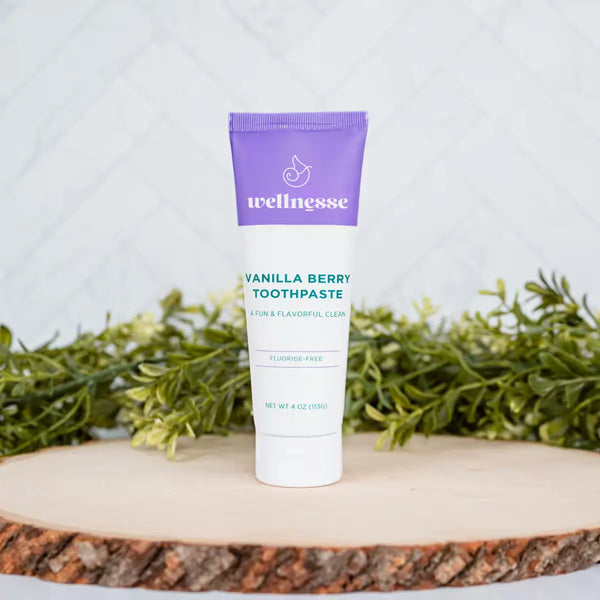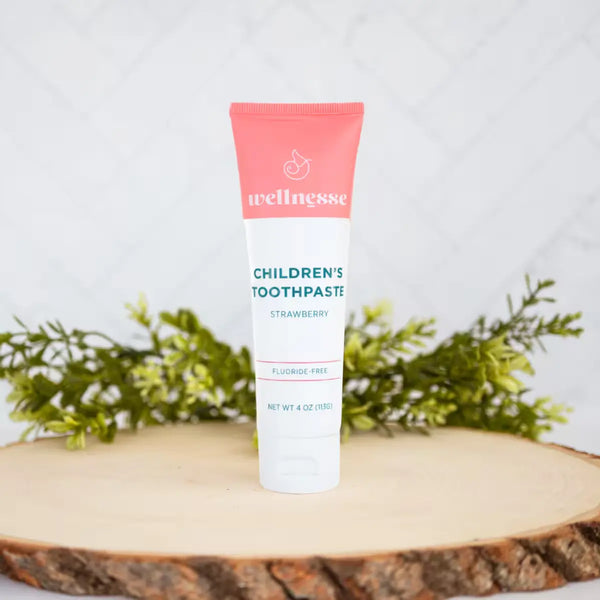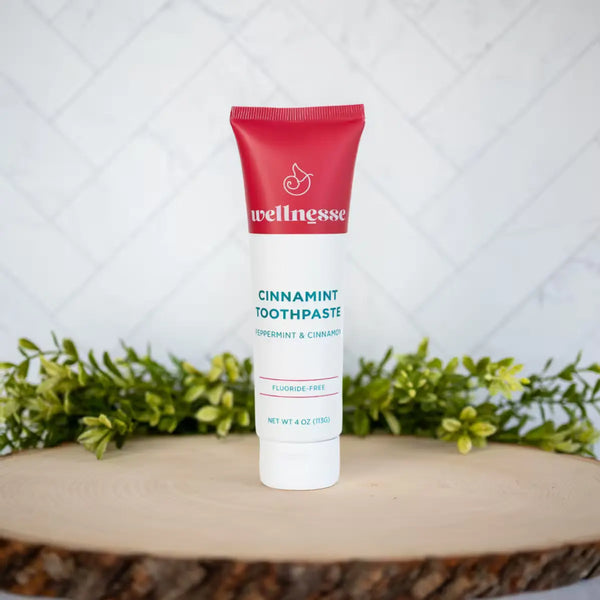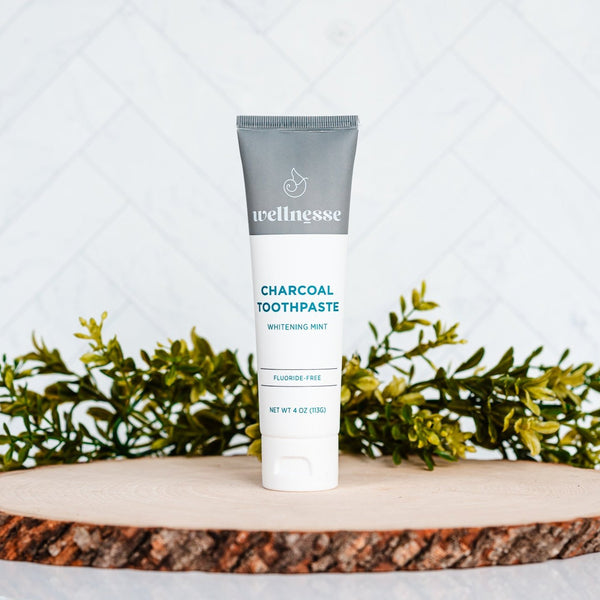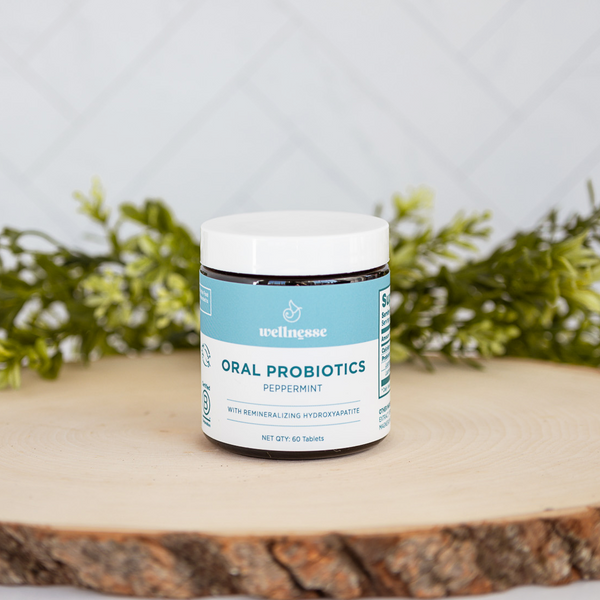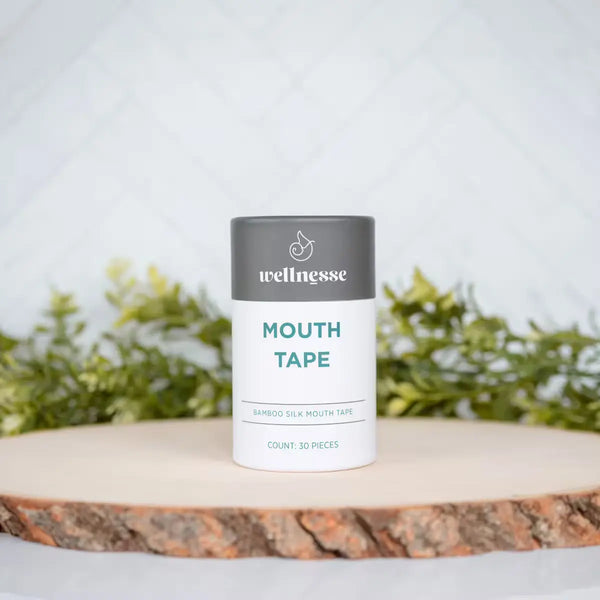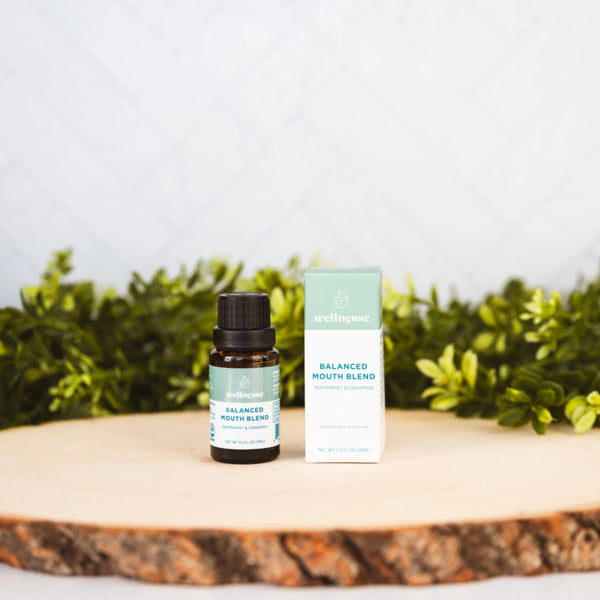None of us want to stink, so it's no wonder that deodorant is a non-negotiable part of our daily hygiene routines. Unfortunately, conventional deodorants' toxic ingredients do much more than prevent smelly pits.
From disrupting our hormones to interfering with the body's natural ability to sweat, several potential health concerns have been linked to chemicals and ingredients in conventional antiperspirants and deodorants.
Luckily, there are alternatives on the market that don't contain these toxins. We no longer have to choose between risking our health and suffering from embarrassing body odor.
Today, we're examining some common ingredients in conventional deodorants and how they might impact our health. We'll also examine how natural alternatives work to keep us fresh and odor-free while protecting us from harmful chemicals.
Researching confusing ingredient lists and making up your own recipes can be daunting. So we did the hard work for you!
Why Is Conventional Deodorant Bad for Us?
Before we look at individual ingredients, we need to understand the difference between deodorant and antiperspirant.
Although these two are often considered interchangeable, there's one key difference. While deodorants help to prevent smells, antiperspirants go a step further and reduce the amount we sweat in the first place.
At first glance, this seems like a bonus, especially in the summer. But our bodies are designed to be able to sweat. It is an essential part of how we regulate our temperature, and it is also one of the ways that our bodies release toxins.
While we might not enjoy having sweaty underarms, sweat on its own doesn't have a scent. Skin-dwelling bacteria are the true source of body odor. When we sweat, the bacteria that live under our arms break down proteins in the sweat, causing an unpleasant smell.
Deodorants typically contain ingredients that discourage bacteria, thereby reducing body odor. Many also contain scents and artificial fragrances designed to mask whatever smelliness remains. However, they don't block our sweat glands or prevent our natural sweat.
Antiperspirants, on the other hand, typically contain aluminum salts. These temporarily block our pores, meaning our bodies can't release sweat as designed.
Aluminum not only interferes with our bodies' natural processes; it's likely detrimental to our health.
According to the Environmental Working Group, aluminum is a neurotoxin easily absorbed by the skin. It has even been linked with developing breast cancer at a younger age. However, the National Cancer Institute says there is not yet firm evidence that aluminum from antiperspirants increases the risk of breast cancer.
There is also a potential link between aluminum and an increased risk of developing Alzheimer's disease. For example, one long-term study in France found that a higher daily exposure to aluminum was significantly associated with an increased risk of dementia.
Other studies have been less conclusive, so we don't know yet exactly what the association between aluminum and dementia might be. So far, no concrete research has conclusively linked aluminum in antiperspirants with dementia. However, many of us prefer not to take the risk.
Is Deodorant Better Than Antiperspirant?
Since deodorant doesn't try to stop us from sweating, it usually doesn't contain aluminum. So, you might be wondering if deodorant is a safer choice than antiperspirant.
As usual, it's more complex than that. Yes, deodorants don't usually contain aluminum salts, so you'll avoid that risk. But aluminum isn't the only potentially harmful toxin we need to worry about when choosing a deodorant.
Here are a few of the other harmful ingredients found in conventional deodorants and antiperspirants that you’ll want to steer clear from:
Synthetic Fragrances
Many conventional deodorants use synthetic fragrances to mask odors. Found in countless types of skincare, these fragrances are often disguised behind the innocent-sounding 'parfum' and can contain many chemicals.
Some people experience skin sensitivities and allergies when exposed to synthetic fragrances. But even for those who don't have existing health concerns, not knowing what is in the products we apply to our skin is a serious issue.
Parabens
Parabens are a well-known group of toxins found in many conventional personal care products, including deodorants and antiperspirants. They are preservatives used to extend the shelf-life of products and prevent them from going moldy.
Unfortunately, parabens are also endocrine disruptors, which can mimic the hormone estrogen. According to the Breast Cancer Prevention Partners (BCPP), parabens are easily absorbed through our skin. They affect the growth of breast cells, potentially increasing the risk of developing breast cancer.
Phthalates
Phthalates are another common group of ingredients in deodorants and other personal care products. Like parabens, these chemicals are well-known endocrine disruptors.
According to Made Safe, which campaigns for safer products, phthalates are linked with lowered sperm count in men and thyroid issues in women.
Phthalates often appear in fragrance formulations. So, even if a conventional deodorant stick or antiperspirant doesn't list phthalates on the label, they may still be in the product if it lists parfum or fragrance as an ingredient.
Propylene Glycerol
More usually found as an active ingredient in aircraft de-icers, propylene glycerol is also found in conventional deodorants and antiperspirants. Propylene glycerol gives conventional formulas a softer feel and smoother glide. It also helps other ingredients absorb into your skin – which, in this case, is not good.
Manufacturers typically derive their propylene glycerol from petrochemicals, which raises red flags due to their impact on the earth. The Environmental Working Group lists propylene glycerol as a skin irritant and potential allergen and likely toxic to our organs.
Triclosan
Triclosan is an antibacterial agent common in products such as antibacterial hand soap or body wash. Of course, deodorants aim to control bacteria under our arms, so it's no surprise that many conventional deodorants contain triclosan as an ingredient.
Yet, concerns were raised over the safety of triclosan for human health. As a result, the FDA banned triclosan in regular household items in 2016 and further restricted its use without premarket review in over-the-counter drugs in 2017.
However, it is worth noting that antiperspirants are considered over-the-counter drugs because of their effect on the body's natural ability to sweat. As a result, some products may still contain triclosan if they have completed a premarket safety review. Always check the label.
Why Choose Natural Deodorant?
The list of potential toxins above is an eye-opener. But before you swear off all deodorant for good, let us reassure you – there are other (and better!) options available.
Increasing awareness of the chemicals in our personal care products first inspired us to develop natural, toxin-free alternatives to conventional deodorants and antiperspirants.
However, if you've tried natural deodorant before, you've probably had some disappointing experiences. While most natural deodorant brands prioritize cutting out synthetic and toxic ingredients (most of them, at least), they often don't spend much time on incorporating clean, natural ingredients that accomplish the same goal. (You may also have forgotten to detox your armpits!)
Clean, Safe, Effective Ingredients
Many natural deodorants contains antibacterial agents like sodium bicarbonate (aka baking soda) to destroy the bacteria that interact with sweat and create body odor. Sodium bicarbonate is also known for its odor-absorbing properties. It's no wonder it has become a popular home deodorizing remedy for everything from pet beds to smelly running shoes.
It's worth noting that some people can experience irritation as a result of too much baking soda. If you are sensitive to baking soda, choose one with a low concentration of baking soda.
Aloe vera is well-known for its ability to soothe irritated skin, so we knew we had to have it in our deodorant! Aloe also has antimicrobial properties, making it another powerful, odor protection ingredient.
For a Clean, Natural Deodorant, we recommend Toups & Co here.
Resources
Why Do I Have Body Odor? Why Sweat Stinks and How to Smell Sweeter:
https://www.verywellhealth.com/what-causes-body-odor-4154534
Aluminum Powder: https://www.ewg.org/skindeep/ingredients/700324-ALUMINUM_POWDER/
McGrath K. G. (2003). An earlier age of breast cancer diagnosis related to more frequent use of antiperspirants/deodorants and underarm shaving. European journal of cancer prevention : the official journal of the European Cancer Prevention Organisation (ECP), 12(6), 479–485. https://doi.org/10.1097/00008469-200312000-00006
Antiperspirants/Deodorants and Breast Cancer: https://www.cancer.gov/about-cancer/causes-prevention/risk/myths/antiperspirants-fact-sheet
Rondeau, V., Jacqmin-Gadda, H., Commenges, D., Helmer, C., & Dartigues, J. F. (2009). Aluminum and silica in drinking water and the risk of Alzheimer's disease or cognitive decline: findings from 15-year follow-up of the PAQUID cohort. American journal of epidemiology, 169(4), 489–496. https://doi.org/10.1093/aje/kwn348
Fragrances in Cosmetics: https://www.fda.gov/cosmetics/cosmetic-ingredients/fragrances-cosmetics
Andersen, F. A. (2008). Final amended report on the safety assessment of methylparaben, ethylparaben, propylparaben, isopropylparaben, butylparaben, isobutylparaben, and benzylparaben as used in cosmetic products. International journal of toxicology, 27, 1-82. https://doi.org/10.1177/109158180802704s01
Parabens: https://www.bcpp.org/resource/parabens/
Chemical Callout - Phthalates: https://www.madesafe.org/?s=phthalates
Propylene Glycol: https://www.ewg.org/skindeep/ingredients/705315-propylene_glycol/
5 Things to Know About Triclosan: https://www.fda.gov/consumers/consumer-updates/5-things-know-about-triclosan
